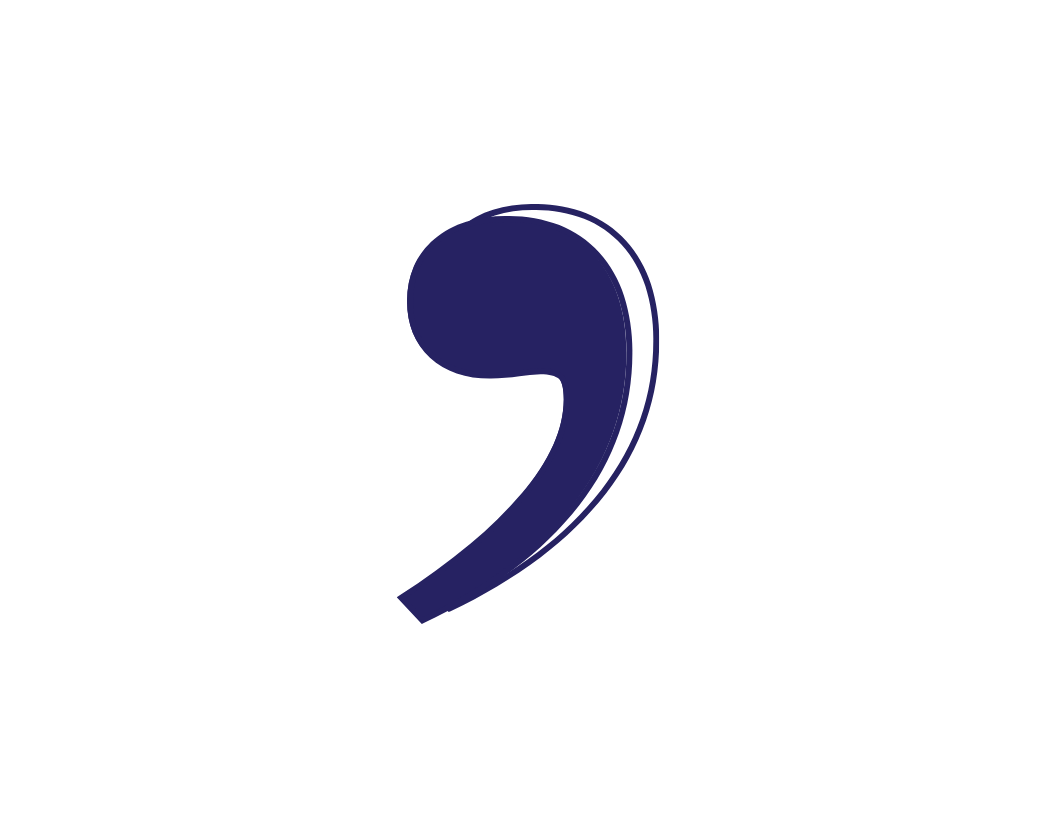Introduction
Commas can be tricky things, and knowing when to use (or not use) them isn’t always easy. A good example of this is the phrase ‘such as’. Should ‘such as’ be preceded by a comma? Well, as so often in English, the answer is, ‘it depends’. So let’s take a deep dive into this thorny topic.
Restrictive and nonrestrictive clauses
Whether or not ‘such as’ requires a comma before it all comes down to restrictive and nonrestrictive clauses. For those not obsessed with grammar terminology, a restrictive clause is one that provides information essential to the meaning of the sentence, while a nonrestrictive clause provides extra information only; the meaning of the sentence would not break down if the clause were removed.
If ‘such as’ is being used with a restrictive clause, there is no need to precede it with a comma. If it’s being used with a nonrestrictive clause, a comma is required. Let’s look at some examples.
Here is a sentence in which a comma is correctly used before ‘such as’:
We’ve used a comma because this is a nonrestrictive clause (not essential to the meaning of the sentence). But how do we know that? Let’s remove it and see if the sentence maintains its meaning:
Yes, it does. The names of the species might be helpful and interesting, but they’re not essential to the sentence, which means that here, ‘such as’ is part of a nonrestrictive clause and needs a comma.
Now, how about an example of when a comma should not be used?
Once again, let’s remove our ‘such as’ clause, and see if we preserve our meaning
No. The statement is no longer true; this cannot be said of all companies. The ‘such as’ clause here is restrictive (necessary to the sentence), and that means we don’t use a comma.
Just think of it this way—if the examples that come with the ‘such as’ are essential for the sentence to make sense, don’t use a comma. If they aren’t essential, a comma is needed.
Here are a few sentences with the punctuation removed. Take a minute to decide whether we should be adding commas, or leaving things as they are.
Let’s take these one at a time, removing the ‘such as’ clause to see if the meaning breaks down.
The sentence still makes sense, so the clause is nonrestrictive, and we need a comma.
No, the meaning has broken down here. This clause is restrictive, so no comma should be added.
The meaning is maintained. The clause is nonrestrictive, and we need a comma.
This is also still fine. A nonrestrictive clause requiring commas.
Clearly, this is no longer true. The clause is needed, so the comma is not.
Check your understanding
Take our quick quiz on using commas with ‘such as’ to see if you’ve got this down. If you’re unsure, just apply the same process we’ve used here – remove the ‘such as’ clause and see if the sentence keeps its meaning.
Once you get your eye in, it’s much easier to unpick the whole ‘such as’ comma issue. The good news is, at Proofed, you’re guaranteed plenty of practice!


